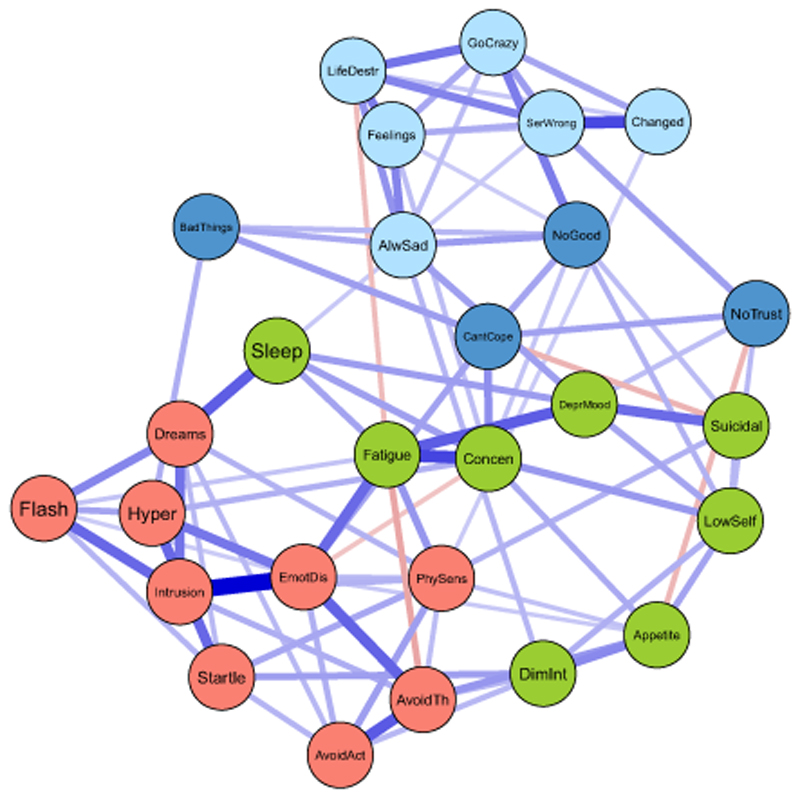Figure 1. Network model of dysfunctional PTCs, PTSD, and depression symptoms.
Red nodes = PTSD symptoms; green nodes = depression symptoms; blue nodes = dysfunctional PTCs of being a fragile person in a scary world (subscale CPTCI-SW); light blue nodes = dysfunctional PTCs of a permanent and disturbing change (subscale CPTCI-PC). Blue edges indicate positive associations and red edges indicate negative ones. Changed: Reactions since event mean I have changed for the worse; SerWrong: Reactions since event mean something is seriously wrong; AlwSad: I used to be a happy person but now I am always sad; Feelings: I will never be able to have normal feelings again; LifeDestr: My life has been destroyed by the frightening event; GoCrazy: Reactions since the event mean I must be going crazy; NoTrust: I don’t trust people; NoGood: I am no good; CantCope: I can’t cope when things get tough; BadThings: Bad things always happen

